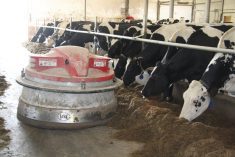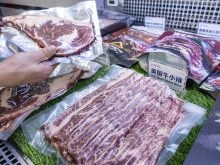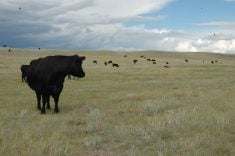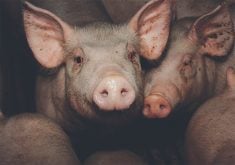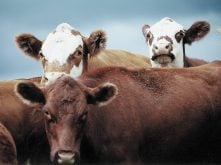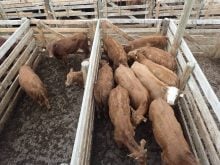RED DEER – Lameness in dairy cows is an increasingly serious problem on farms, says an Agriculture Canada animal welfare specialist.
“Lameness is one of the main welfare problems in dairy cows at the moment and it is an enormous economic problem,” said researcher Jeff Rushen. He is based at Lennoxville, Que., and spoke at the Western Dairy Seminar in Red Deer attended by 625 people March 9-12.
Foot and leg problems are the leading reasons for culling cows. Farmer management can reduce injured hocks and hoof lesions.
Read Also
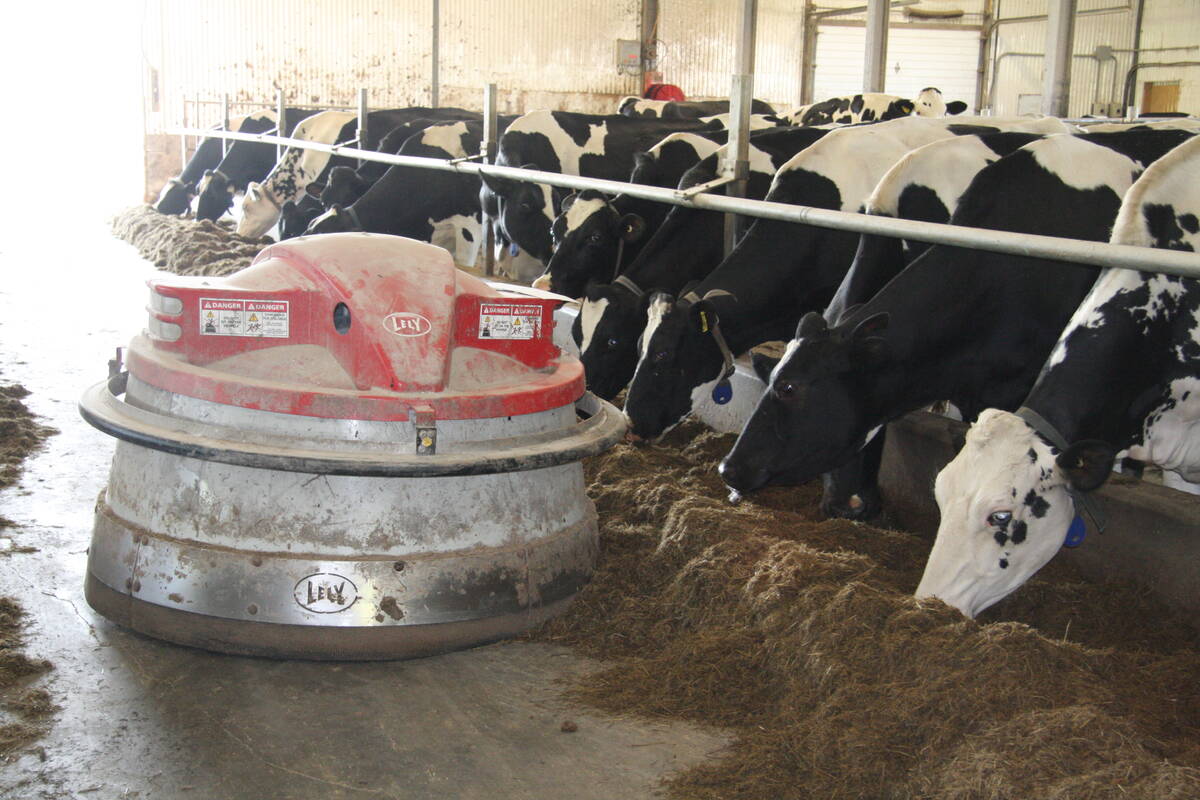
Partnerships, communication key to disease management
Communication and strong, trusted partnerships are key to managing infectious diseases like Foot and Mouth Disease and HPAI.
“Many dairy farmers know how to achieve quite a low level of lameness,” he said.
Rushen said international studies show a quarter of dairy cows become lame once in a lactation period. Hoof lesions are more common than lameness.
A study in the Fraser Valley of British Columbia found 86 percent of lactating cows had some form of hoof lesions and a third of them were severe.
Cows’ hoofs evolved while walking on soft surfaces like pasture. Limited access to pasture causes foot problems that could be relieved with improved flooring and better stall design.
Many modern barns have concrete floors. This hard surface does not absorb the shock of walking and the impact from each step can travel up the animal’s leg. It can also be slippery or contain cracks, holes and sharp protrusions.
“There is a real cost in maintaining concrete flooring,” he said.
Rushen said grooved or textured concrete might still have too many surface inconsistencies.
“It’s very easy to get it wrong,” he said.
In addition, the floors and outdoor pens need to be dry and free of slurry. Wet surfaces soften the horn of hoofs and make them more susceptible to damage and wear.
“One of the worst things you can do is make your cows walk around on this goo, mud and urine,” he said.
Wet floors increase the chance of slipping and can spread foot infections because bacteria prefer a wet environment.
Slatted floors improve drainage and can produce drier hoofs but they can also have sharp edges.
“We know they are uncomfortable for cows to walk on,” he said.
Rubber walkways or mats in front of feed bunks seem to reduce foot problems. Some are made from recycled rubber with small bumps, which increase friction so the cows have a better grip when walking.
A cow prefers to stand on softer surfaces when eating and will actually eat more because it is comfortable. If it is already lame, the soft surface may encourage it to stand there a little longer and eat more.
Improved stall design and maintenance can further reduce leg problems, said Dan Weary of the University of British Columbia.
University researchers have videotaped dairy cows’ activities to measure how much time they spend standing, lying down and how they get in and out of stalls.
They know comfortable cows are healthier.
Weary’s department has looked at stall surfaces and bedding like straw, sawdust, sand or mattresses, as well as cow preference for different situations.
“Cows are creatures of habit,” he said.
“Any change is disruptive and any changes to stalls can really cause some cows some problems,” said Weary.
Mattresses work well when properly installed. It is also a good idea to have bedding that moulds to the cow’s body. Bare mattresses and exposed curbs can cause more scrapes on the hocks.
Dairy cows need plenty of resting time and if they are uncomfortable, they will not lie down. The research shows wider, longer stalls increase cow resting time
Stalls that are too small or cause cows to knock or rub their feet and legs against the curb can cause injuries. The curbs are meant to keep the bedding within the area but could cause stumbling if improperly designed.
Cows may spend 11-14 hours a day lying down and resting.
Cows will stand in their stalls if there is nowhere else, while some will stand half in and half out of a stall.
“The number of lesions you get on a cow relates quite well to the amount of time that cow is spending standing in that half in, half out position,” he said.
Weary recommends more diligent stall maintenance with adequate bedding and manure removal. Ironically, a lot of manure around a stall shows a cow has spent considerable time there and probably means it was comfortable.
“If you have a well used stall, you have to maintain it,” he said.
Overcrowded barns can result in cows kicking each other out of stalls. As more cows are put in a barn they spend less time lying down and will spend more time standing in the alley, putting too much stress on their legs and feet.



